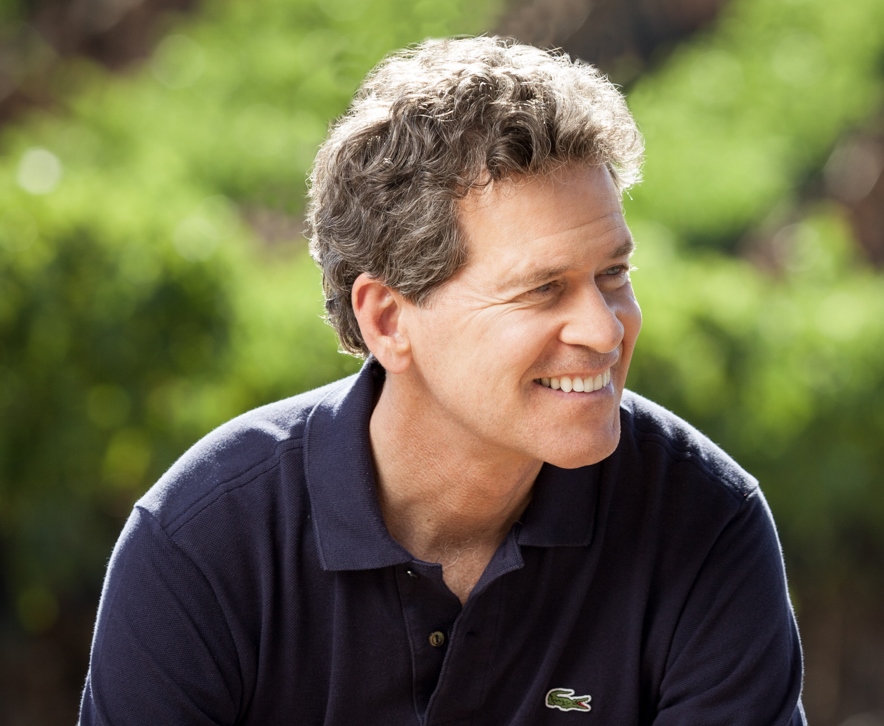
Paul Hobbs' numerous achievements include helping to establish Malbec as the grape of Argentina, founding his own winery and being twice named Wine Personality of the Year by Robert Parker, Jr.
Dorothy J. Gaiter talks to Hobbs about his journey in wine.
At the Catholic University Santiago, Chile. He was also the wine aficionado and he had many contacts with the wineries because they used his knowledge to help manage, I guess, weeds. He invited me and organized all my visits for a week in Chile. I invited another classmate friend, Jorge Catena.
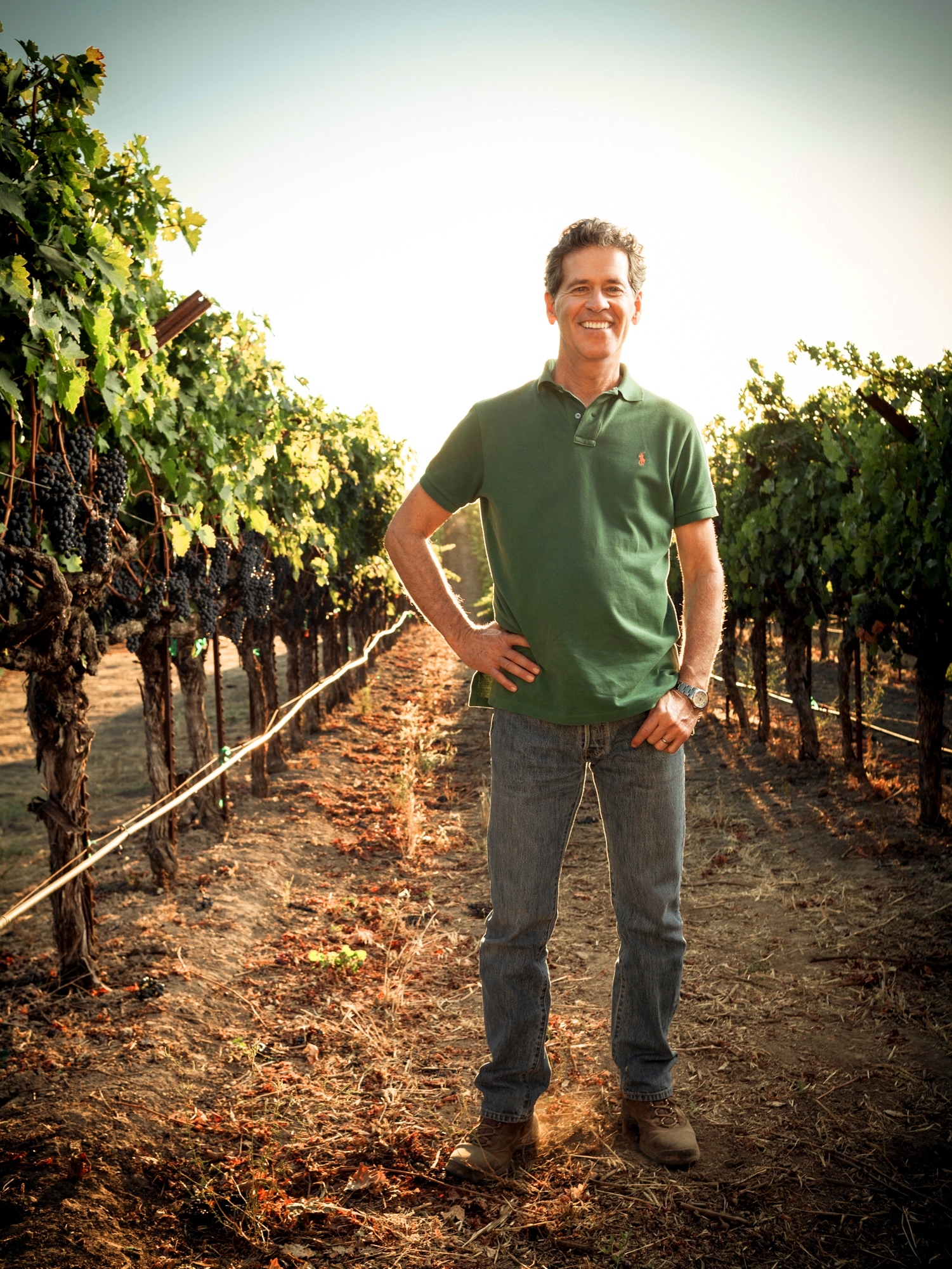
I know that name.
Nicolás' younger brother, also a classmate. Jorge drove over the Andes to be with us. I did not realize that there was a problem between the Chileans and the Argentines and so when Jorge showed up, that immediately created a problem for Marcelo.
Marcelo asked me first where he was from and I told him Argentina, so that put a very furrowed look on his face. Then, after that, he asked me, what does he do and I said, “Well, he’s a winemaker.” He thought not only have you invited our enemy, but you’ve invited a spy as well.
I told Jorge you have to go back, but Jorge wouldn't go back. I said, “Our host is not very happy with your being here.” This was the time of Pinochet and the Falkland Islands, the Malvinas as they prefer to call them in Argentina.
Right.
I was unaware of the history and the problem that Jorge's visit had created. Kogan forbade me to take Catena on any trip or any visit. Then, Catena wouldn't return to Argentina. He stayed there the entire week. Finally, on Thursday afternoon, I decided, “Well, there’s no real secrets that I can see here.”
Jorge invited me to lunch, so I decided well... I got a little drunk, maybe. No, not really, but I drank a little wine and decided well, I'll take him on a visit. When I got home to Marcelo’s place that night, my luggage was outside his door. That's how I got to Argentina.
No.
We drove over the Andes on Friday morning and I met his brother Nicolás that began our association for nine years.
Now, they wanted to talk to you about Chardonnay, right?
Oddly, today anybody would consider that to be an odd idea.
That was the idea.
Nicolás had one thought and that was that Chardonnay would prove to the world that Argentina could make world class wines because he reasoned that white wines were more technically challenging to make than reds. It would require more technology. So if we could make a high-quality white, then he reasoned that they would accept the reds automatically out of hand.
How did you shift that to Malbec?
That was actually another little issue that occurred because Nicolás did not want to make Malbec, but our importer wanted a red wine. Of course, the logical red wine was to make cabernet sauvignon. Nicolás had a vineyard, so … I, however, became infatuated with the Malbec grape, something I didn't know or had familiarity with.
Nicolás Catena had an old vineyard, nearly a 100- year- old vineyard in a little area called Lunlunta along the Rio Mendoza river. That old vineyard inspired me and so even against Nicolás’ wishes, because I asked Nicolás if he would help finance some experimental trials with the grape, I proceeded.
He said, “No, the French have already demonstrated. They did not replant after phylloxera. They have already demonstrated as well, documented in the literature about this grape, so we're not going to invest in Malbec.” Nevertheless, his head viticulturist humored me and we began working on a section of the vineyard to grow the grapes in a way that I needed them grown.
Then, I was able to get 10 free American oak barrels. I grabbed these from a gentleman by the name of Alain Fouquet who was the head of Seguin Moreau, the famous Tonnellerie in Cognac, France. He gave me the 10 barrels of American oak because he wanted to build a Tonnellerie or a cooperage in Napa.
Okay.
Today it’s called Napa Cooperage.
That’s his business?
He started that. These barrels that he sent to Argentina helped in demonstrating that that was possible because I made the first Malbecs in those barrels. When we did a tasting of wines in March 1993 for the American press; the show done there to launch the Chardonnay from Catena; that was the opportunity that I took to show them the Malbec.
Thomas Stockley, the writer for the Seattle Times wrote an article after that tasting called, “Don’t cry for me Argentina,” and he largely talked about the Malbec and the guests indicated that they liked it. Nicolás decided in this case, we should make Malbec, and so he changed. That was the beginning of a brand that is well known today called Alamos.
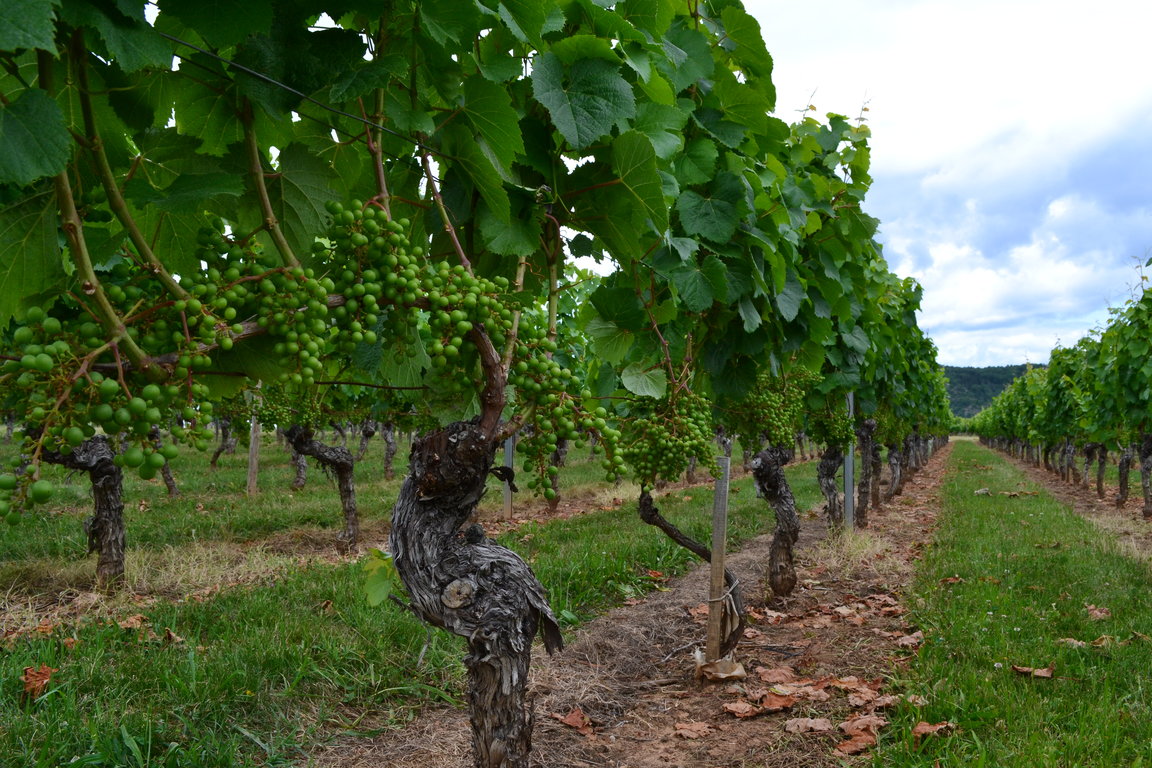
What's your general philosophy of wine making? You've been at it for a long time, and you're really great at it. What are your thoughts on how you do it and why you do it?
Philosophically, from my perception, wine's about enjoyment, but it's also, in addition to that, wine ties us back to some place. Some people call it a somewhereness, some people call it terroir. There's many different ways of looking at it, but that's always been important to me. My father was the first to introduce the concept to me, I think. Growing up on a fruit farm, we had 6 or 7 individual (mostly apples), apple farms in upstate New York, in Niagara County. My father enjoyed putting me to the blind tasting of matching apples to the farm. He'd take a Macintosh, for example, and he loved to line up all the Macintosh from each of the farms, blind, and ask me to discern which was which.
That was a challenge, but you know it's funny, because even the color varied. The crispness, some element of the flavor would vary, and finally if you studied it carefully, my father said you'll begin to see those differences. That has always been with me. Then, also I've been inspired by others. During the time that I worked with Robert Mondavi --and I was on the first Opus One team-- I learned that as well. Also the French have been very instrumental in my appreciation of a sense of place. When I started Paul Hobbs Winery, that was the most important aspect, how to achieve a true sense of place. That’s what I've found means a minimalistic approach to winemaking, and, maybe even more important, to farming.
It goes well beyond organic where it's just simply the use of organic practices, or organic pesticides, this kind of thing. It's really a whole concept of how to farm a vineyard in a way that, let's say, nurtures the fruit and the vine in a very natural way. There's a lot of elements to that, so rather than go into all of that, let’s just say that it's gratifying. There's been an important evolution and even a revolution in some sense, in the sense of the farming. We have to do that, because I also choose to ferment only with indigenous yeast from the bloom, or the grapes that we harvest. By using pesticide, or particularly any harsh pesticide, that would damage the indigenous yeasts. We would kill them, and they would not be able to conduct fermentation in which case that process wouldn't really work out, would it?
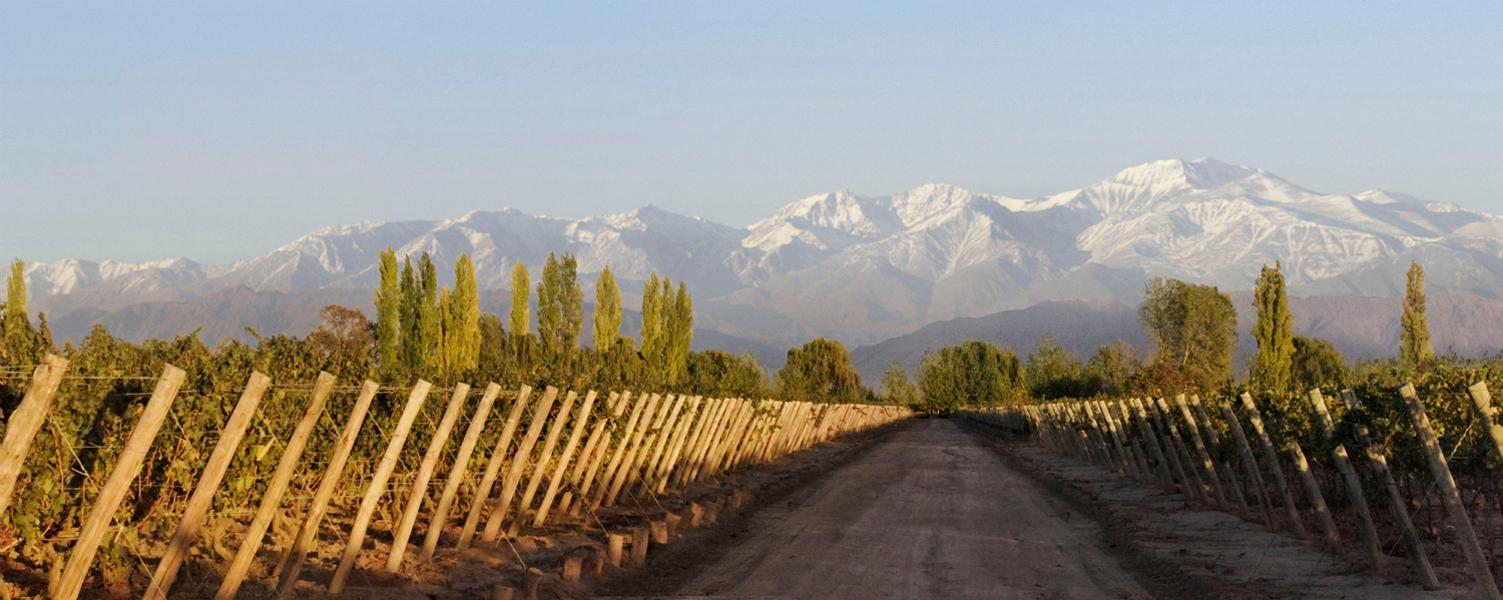
This is serious sustainability.
This is serious sustainability, and that's in fact the word that I like, it's sustainable farming. We try to work as much as possible in that way. In the winery, in essence, we have very simple wineries, and cleanliness in this case I have found to be one of the most important factors to managing quality, because we eschew any practices like filtration or refining that could alter the character of the wine. We don't use any filtration centrifugation. We do not add any kind of element at all to the wine, except maybe from time to time we may correct the acidity with tartaric acid, or we may add a small amount of sulfur dioxide.
We have very, very, low addition of S02 as well to our wines. We have found many practices, and this has been a lifelong work ... Well I should say ... Maybe lifelong is the better word. It’s a passion of mine since I particularly was able to work under my own label. That's the driving philosophy.
That's pretty awesome and holistic. There's been criticism of winemakers who chase scores, high scores, and a lot of debate about Parker's influence, that wines that tend to be huge and over extracted get his attention. What do you think about that, and what is it that you're trying to do?
Well, Mr. Parker, as we all know, has become the most influential critic not only for wine, but of any type of subject matter, whether it be art ... He became the most influential critic of all-time, the world has ever known. I don't think it'll ever happen again.
Mm-hmm (affirmative). I think you're right.
With that kind of power, is the ability to influence buyers, and buyers with money. If you've got a big score, wineries begin to chase scores, because that meant you put your wines in the hands of where you wanted your wines and you could charge more. Every winery wants to optimize their profit, as does anyone in business. That led to, I think, a misunderstanding, and I don't think that was ever intended. It was a disservice to Mr. Parker's work. My feeling is that Robert Parker, number one, is a brilliant taster and one of the most enjoyable people on the planet to be with. His personality, I think, came through in his writing, and that was a huge attraction to people when he was really truly enthusiastic about a wine.
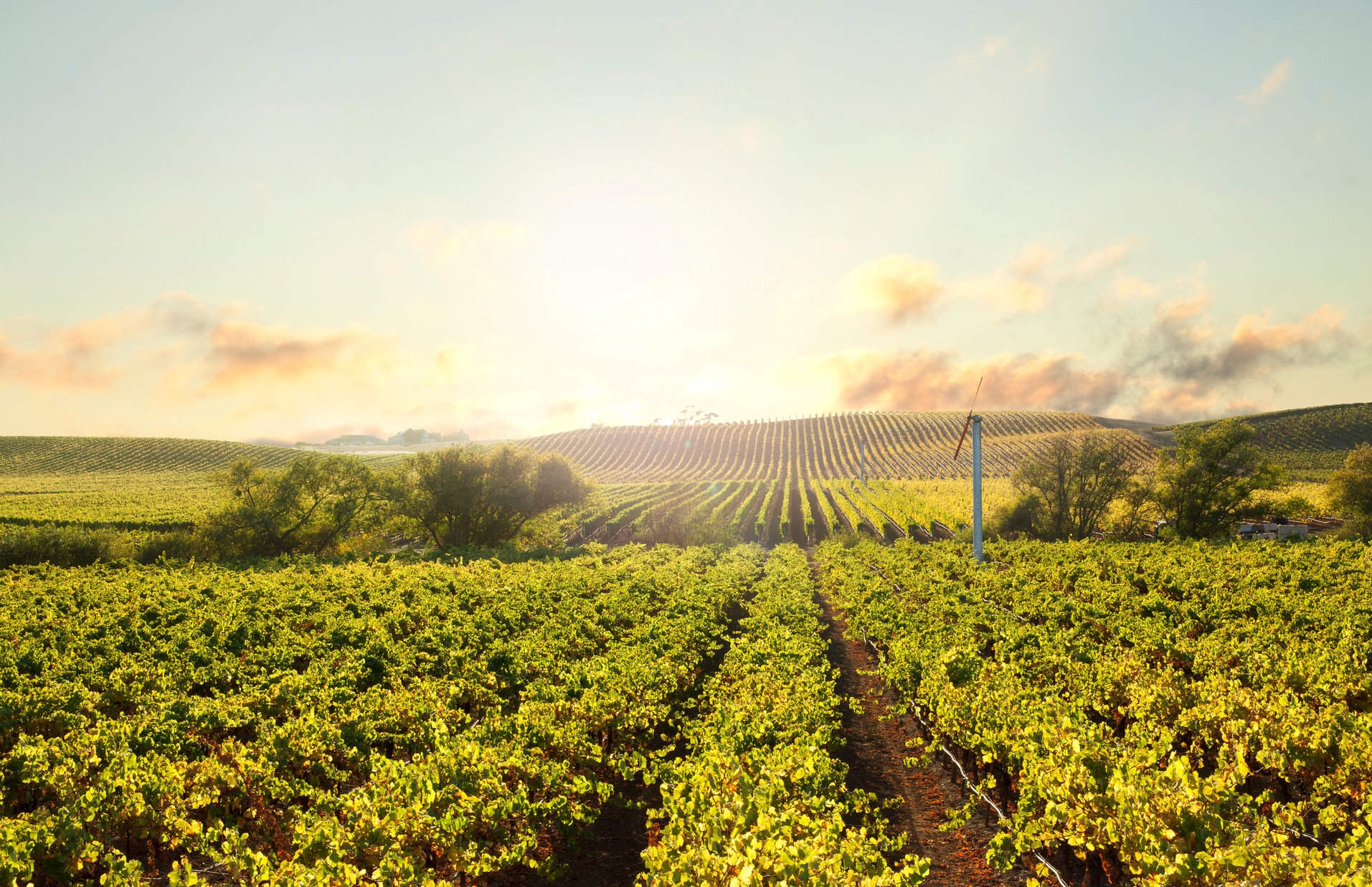
Passionate.
Passionate. With a capital P. I found him to be not interested in over extracted wines as much as I think people talk. He was more balanced. I think there was a misconception, and I think many people really didn't understand how to get where he wanted probably to see some people go. I felt, for example, everybody thought I would say, or many people thought that they should ripen the grapes to a very high sugar level. That wasn't really the idea at all. It wasn't about the sugar, it was about getting the phenolics and the physiology of the plant fully ripe, the seeds ripe, so the tannins would be sweet.
They misunderstood that.
I think there were a lot of misunderstandings, finally, and so I think it went a little bit caddywhompus. It got out of control. I think everybody was influenced, to some degree, and I will include myself. It's hard not to be, and the 90's were so super heated. The economy was crazy, everything was crazy, so it just got all out of kilter, I'd say.
Now the pendulum seems to be swinging back to elegance, and finesse, and balance. I read a lot about balance.
Balance is back.
Finesse and elegance were almost dirty words, because it sort of implied wimpy, or weak. Now everybody's okay to say those words again, meaning finesse means sophistication, elegance, layers. It's more like, I don't know, for a guy that likes automobiles, it's more like power and complexity and elegance all in a balanced packaged. More like what you would find in a fine Porsche, for example, versus maybe a Corvette. I don't know, I haven't driven a Corvette in a long time, but I had one, and it was all about power. I had one when I was a kid.
Okay. You've sort of come home in a way with your Finger Lakes project. Talk to us about that.
This is my most thrilling thing to be doing right at the moment, although it's also happening at a glacial speed here because we're having to plant vineyards from scratch. As you know, upstate New York is famous for its Riesling. It was a Sauternes, a Château d'Yquem, that really first turned my head to wine. But when I was a graduate student at Davis, it was Riesling with names like JJ Prüm and so on. Those were the wines that captivated me the most. I've always had this inkling to come back to New York State and make wine, and I've admired some of the great work that's already been done there by ... Well I suppose in the early years by Konstantin Frank and Hermann Wiemer. Today their wineries are making just beautiful, beautiful wines, along with others.
I've been on a search for the last three to four years, and I have a brother fortunately, living in Rochester, who's now married to our project. He would help me scout, and for a 2-year period I would come three or four times a year and we would just simply walk, trying first to decide which lake to acquire property near, and I wanted to start from scratch. Which is the first time I've ever done a new venture from scratch, because normally we'd buy grapes. This one, we thought, "Let's start this one from scratch." We've chosen a site that has characteristics very much like you would find in the Mosel with shale and slate, steep slopes on the southern end of Seneca Lake.
It's a very beautiful area overlooking the lake, and it goes right down to the lake’s edge. This is one of the few areas that has a sheer drop down to the lake, over 100 feet.
It's steep, it's hard to plant, and it's costing a fortune, a lot more than we expected, but ...It should be a winner once we finally get it going. We're excited about it if we can stomach the cost of getting it set up.
How many acres do you have there?
The parcel that we bought was bigger than I thought. In fact it's about 65, 67 acres, and we hope to put a winery there, but right now we've planted 3-1/2 acres. This year we'll plant another 13 or 14 acres. When it's all planted over the next three or four years,, we might be able to plant 40 or so of the 65 acres. This property had vineyards on it at one time, but at the very upper part of the property. So today we're also planting some areas that were farmed before, but we're not removing any of the virgin wooded land. That's one of the reasons that we're only planting about 2/3 of the property.
You're also importing wines from Canada, Stratus. That's a Frenchman making wines there, right?
J-L Groux. He’s a winemaker from the Loire Valley. This is a gentleman who is also highly passionate. David Feldberg, the winery’s owner, is a Canadian fellow who in fact has a furniture business that makes high end office furniture. He has here in New York City, Chicago, and other parts of major cities beautiful showrooms. We've even done tastings in these showrooms, and he's one of the main suppliers to Google, and Apple, and this sort of thing.
Really.
What he really loves is wine. It's incredible. That's all he talks about. He has built, I think, perhaps the world's first Leeds Platinum Winery, called Stratus. I've been working with them now 5 years, or maybe 6 years, since the 2009 vintage. Today, in the area that we're located at, Niagara-on-the-Lake, the grapes for reds is cabernet franc. To me that is the quintessential variety for that region at this point. We have been doing a great deal of experimentation. Of course it's known for ice wines, riesling, and it does well with whites. Chardonnay also can be grown at a very high level there, but in terms of reds, it reminds me a bit of southern Hungary.
It gets ripe enough there.
It does, and it's very similar. Southern Hungary in the v-line region of below Budapest will ripen, but it also has a great deal of snow in the winter, so it also gets very cold.
I bet that's delicious.
It is delicious. Yes. I'm very excited about this project. We're very fortunate to be the U.S. importers for Stratus. We just began the representation of Stratus Wines in 2014.
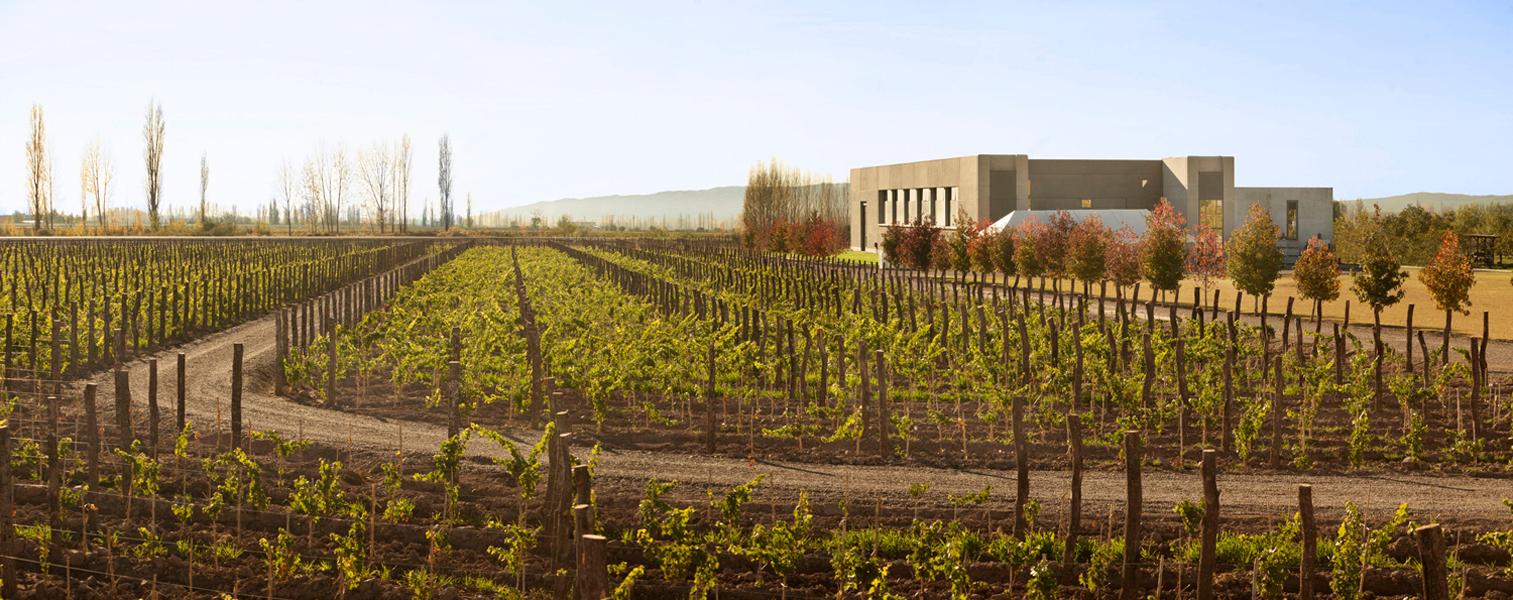
As an importer and a wine maker, are you involved in the making of the wines you import?
Not necessarily. Only in this particular case yes, but in many cases, it's not by any means a prerequisite for importation. What we look for are suppliers that are A, dedicated to quality, are family-owned, and have estate values, or château -like values to their approach. For example in Chile, we work with Perez Cruz, and they're one of the very few estate properties in all of Chile. You would think with such an important wine country that there would be many estate properties, well in fact there's 1 or 2. Or there’s 3 or 4, but no more than that. These are the kind of properties that we seek out.
He makes a great petit verdot. I was crazy for that wine. Wow.
They're on a very stony site and high in the Andes.
Now how did you find them?
Well, I don't really run that business. I'm dedicated mainly to the wine making. I spend my time in the vineyards and making wine, so that's run by another gentleman, Mark Evans. We have a team dedicated to that program. Paul Hobbs Imports started because of a brand that I created for Nicolas Catena called Alamos, which is now ... I was the first importer of Alamos, because we made the first Malbecs.
Nicolas wanted me to represent the wine, because nobody knew at that time what Malbec was. I did that for 2 years, but then they pulled the brand to a larger importer once I had it established, and so I closed my import company and reopened it in 2001 when I launched Viña Cobos Wines, my label with Andrea Marchiori and Luis Barraud, from Argentina. Then I decided, "Well, if I'm going to import Viña Cobos I might as well look for some other like-minded top quality producers, and so that's what we do today. It's very exciting.
Read Dorothy J. Gaiter's column profiling Paul Hobbs.










